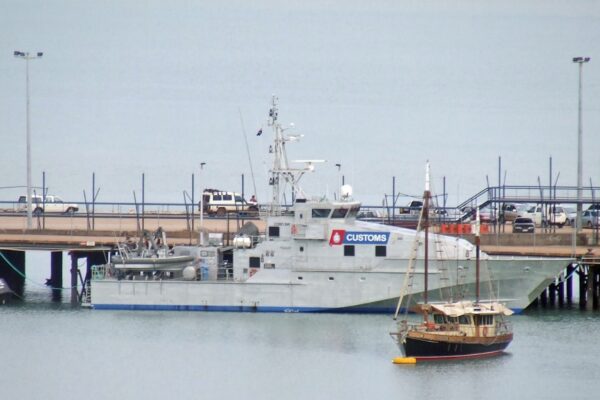New reporting and clearance processes for seafreight imports known as Gateway Clearance for Sea Cargo will come into effect from Friday 01 October 2021. This important change will allow the release of cleared sea cargo from customs control in the Port of Discharge, regardless of the final delivery destination, providing simplified options for traders to clear their goods into Australia.
Gateway Clearance involves the entry of goods for home consumption, and the process of releasing it from the port of discharge has been in place for many years for air cargo. Hence, this new change aligns customs and biosecurity release requirements for sea cargo with those for air cargo.
From 01 October 2021, importers, in consultation with their logistics provider, can legally nominate the same port as both the Port of Discharge and the Port of Destination regardless of the consignment’s final destination. With this change, a consignment with customs and quarantine clearance can be released into home consumption from the nominated port, and the movement to any final destination can be done via less costly domestic freight services.
Yesterday, the Australian Border Force (ABF) issued Australian Customs Notice (ACN) No. 2021/38, while at the same time the Department of Agriculture, Water and the Environment (DAWE) made a similar announcement by way of their Industry Advice Notice (IAN) No. 205-2021.
Up until now, authorities required consignments that are listed on the sea cargo report that have different ports of discharge and destination to be moved under bond on arrival to the listed port of destination where they are then released from Biosecurity and Customs control. Gateway Clearance will now allow cleared sea cargo to be released from customs and biosecurity control at the port of discharge – before transport to the intended final destination within Australia.
Gateway Clearance for Air Cargo: No Changes
While Gateway Clearance has been in place for air cargo for many years, the ABF has never formally acknowledged the practice. They are now notifying the air freight industry that the definition of Port of Destination has been aligned on the Air Cargo Report to formally facilitate Gateway Clearance for air cargo. No changes to customs or biosecurity practice for air cargo arise from the implementation of Gateway Clearance for sea cargo.
Warehouse entries (N20)
Regardless of the Port of Destination entered into the (air or sea) Cargo Report, goods that are entered on a warehouse declaration (N20 Warehouse Declaration) will continue to require movement under customs control (under bond movement) from the Port of Discharge to the s.79 warehouse.
Practical Application
Importers should discuss the practical aspects of this new procedure with their Customs Broker. As the logistics provider instructs the shipping line on the Port of Discharge, customs brokers and importers will need to advise their logistics/transport provider to ensure that the Port of Destination is the same as the Port of Discharge on the Sea Cargo Report.
In a media release from the ABF newsroom, the Comptroller General of Customs said that Gateway Clearance will especially benefit those importers that are distant from our major international sea ports, as well as those importing less than a container load (LCL) consignments. It will provide noticeable transport and time savings for many small businesses.
As licensed Customs Brokers and International Freight Forwarders, Colless Young handles your shipping requirements economically and professionally. Based in Brisbane, we provide a complete range of import and export cargo services, both by air and sea, at all major Australian ports and airports. Call us for shipping schedules, freight rates and details for port of discharge.

